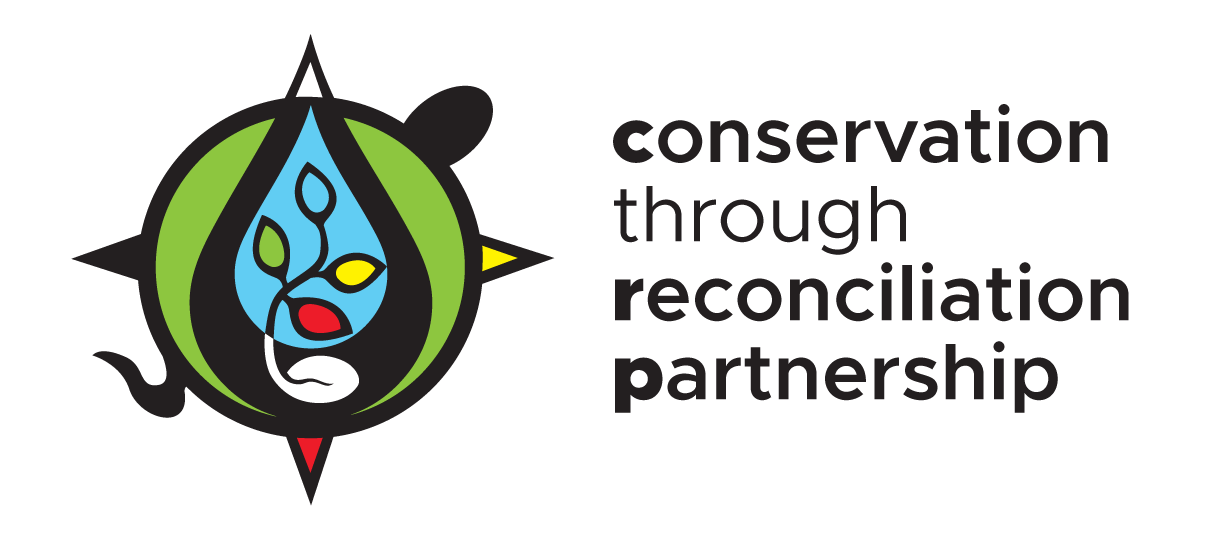Indigenous-led Land Trusts: An Exercise of Self-Determination
By (Kristi) Leora Gansworth and Ian Attridge
August 31, 2022
In recent years, more Indigenous individuals and groups are examining and amending the land trust model to advance their community interests. Land trusts may be developed to support self-determination and the resurgence of Indigenous legal traditions, relationships, and priorities, including the land back movement.
Stay tuned for a Virtual Campfire Series webinar that will explore the development and maintenance of Indigenous-led land trusts from a variety of regions and perspectives!
(Timing to be determined)
This session will feature a conversation with leaders of indigenous-led land trusts.
Are you interested in learning more about land trusts and how they can support visions for Indigenous conservation leadership? See our FAQ below:
What is a land trust?
A land trust is an organization with nonprofit or charitable status, specifically dedicated to public purposes. Public purposes include nurturance and conservation of ecosystems and enhancing biodiversity.
Developing a land trust is a multi-step process. Individuals and communities involved establish their own board of directors (governance circle), human resources (staff and volunteers) and other organizational elements.
Land trusts create accountability structures, standards and practices to run an effective organization.
The legal status of a land trust enables the organization to hold land and carry out its mission through donations and purchases of land, raising funds, and collaboration with similar conservation organizations and governments.
Who is involved in land trusts?
Land trusts are developed and maintained by groups and organizations which have an interest in specific ecosystems, cultural heritage, and culturally significant areas. Historically, land trusts originate in European legal systems of private property ownership and were not designed to accommodate Indigenous knowledge systems or legal orders.
However, indigenous-led land trusts can be an instrument to exercise self determination. Those involved develop collective leadership and governance systems to mirror the needs of their communities and lands.
Why should Indigenous governments and communities consider this model?
The land trust model is beneficial to communities who are looking to protect and steward land. Land trust maintenance and governance is also a way to seed and regenerate connections within communities.
For some, establishing a land trust is seen as a temporary workaround. There are legal barriers to exercising jurisdiction, and conflicting territorial claims resulting from histories of colonialism in a lot of areas. The development of land trusts forms a way for Indigenous Peoples to assert their responsibilities and engage in land-based practices, reclaim areas in their homelands, and build connectivity amongst themselves and with their relatives.
How does one initiate a land trust?
Land trusts begin through a legal process designed to establish the nonprofit and charity organization. That organization then assumes responsibility for activities and governance of the land trust.
Some land trusts operate according to established standards such as those set by the Canadian Land Trust Standards and Practices (see link below).

